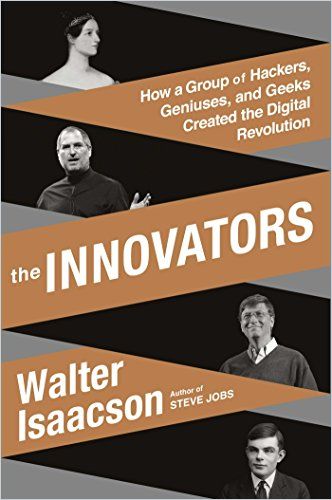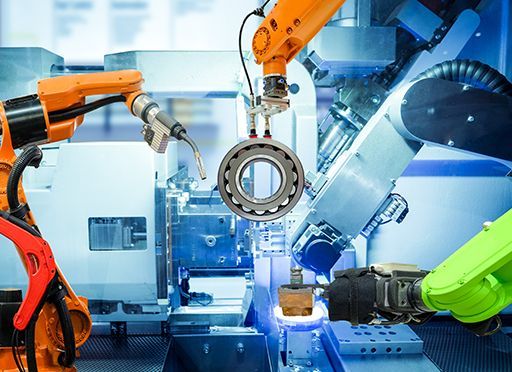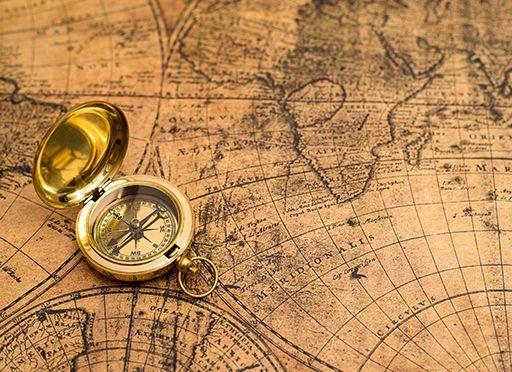Calling on in-depth research and brilliant nonlinear conclusion-drawing, best-selling biographer Walter Isaacson reveals the history of technological innovation.

Linear and Nonlinear History
Walter Isaacson – former managing editor of Time magazine and former chairman of CNN – sets out a linear history of innovation. He begins in the 18th century and details significant players from that era until 2014. He fully proves his theme: that history produced a continuum of innovators whose work built on the efforts of those before them and culminated in computing, artificial intelligence (AI), the internet, mobile technology, and more.
This tale of teamwork is important because we don’t often focus on how central that skill is to innovation.Walter Isaacson
Isaacson regards this evolution of innovation as its own culture, with its own heroes, mythologies, and notions of right and wrong. He makes a convincing, if lengthy, case. As with many biographers, Isaacson seems compelled to include every detail his research uncovered, but he does it with unusual flow, engagement and accessibility.
A History of Collaboration
Isaacson writes in Time magazine mode: simple clear sentences that attempt to make a complex world comprehensible. He has true passion for his subjects – as evidenced by his book-length biographies of Leonardo da Vinci, Albert Einstein, Henry Kissinger and Steve Jobs – all based on voluminous apparent research and an impressive understanding of their individual worlds.
This ability to apply imagination to science characterized the Industrial Revolution as well as the computer revolution.Walter Isaacson
As he states on page one, Isaacson’s goal is to teach readers about the rich, vital history of collaboration that fueled and continues to fuel meaningful innovation. He cites his book Steve Jobs as one of many biographies that reinforce Thomas Carlyle’s “Great Man” approach to history. This perspective holds that notable individuals – through their foresight, will and determination – make history. However, in this group portrait, Isaacson glorifies teamwork. This at first feels like an incongruous position for such an avid biographer of commanding individuals, but Isaacson maintains a group perspective throughout.
Writing in textbook style, Isaacson offers a collection of stand-alone profiles. The best way through these oft-illuminating stories is to cherry-pick the people who might interest you and thus discover their connections to some of the others. Reading this rich compilation from beginning to end requires a certain amount of stamina, so some readers may find that dipping in periodically and savoring a story or two proves satisfying and occasionally inspiring.
An Irresistible Timeline
The virtues and range of Isaacson’s approach are manifest in the irresistible, photographically illustrated timeline that follows the table of contents. The chronology provides an excellent, necessary overview. You may return to the timeline repeatedly to determine your place on this continuum, what events brought you to this point and which further events derive from what you’re reading about now.
Leonardo da Vinci was the exemplar of the creativity that flourishes when the humanities and science interact. Walter Isaacson
Isaacson presents an alternative view of the history of technological development. Presented here like pearls on the necklace of progress, Isaacson’s stories reveal how advancement depends on everyone who came before and everyone who follows. The timeline alone demonstrates the book’s value as a tool for learning and teaching and suggests that Isaacson has the textbook market in mind.
Isaacson’s opening section on Ada, Countess of Lovelace (1815–1852), for example, showcases his random opacity. Jumping around in time and context, this entry keeps cycling back to Ada’s father, the poet Lord Byron. The Countess seems a fascinating subject given her love of mathematics and her association with Charles Babbage, inventor of the first mechanical computer. But Isaacson – either overly enthusiastic or overly optimistic about your patience – hides the plainest reasons for giving Ada two chapters in a thicket of ancillary information. This happens with other characters as well.
Punch Cards
Isaacson’s sense of wonder and curiosity illuminate the tale of US Census Bureau worker Herman Hollerith (1860–1929). The 1880 US census took almost eight years to complete. For the following census, Hollerith sought to speed the process with automation. At the time, railroad conductors punched holes in specific places on train tickets to track each passenger’s “gender, age, height and hair color.” Hollerith created cards into which census takers punched holes to record demographic data about each citizen. Clerks put the cards between “a grid of mercury cups and a set of spring-loaded pins.” At each hole, the pin connected to the mercury cups, completing an electric circuit.
The protocols of the internet were devised by peer collaboration, and the resulting system seemed to have embedded in its genetic code a propensity to facilitate such collaboration.Walter Isaacson
Thanks to Hollerith’s punch cards, the 1890 census took only a year to tabulate. He founded a company that, after various mergers and acquisitions, became, in 1924, International Business Machines – IBM. Hollerith exemplifies the best of Isaacson’s approach as he provides exactly the right amount of detail. He explains just enough for you to envision the process, as in numerous such gems among his vignettes.
Endless Parade
Isaacson’s long, dense account features an endless parade of names, events, connections, ideas and theories, rivalries and battles-for-credit, factional disputes and factional alliances, as well as genius breakthroughs, lucky breakthroughs, dogged breakthroughs and breakthroughs that combine all three.
Isaacson explains many of these tales with verve and a concision that makes obscure – but crucial – technological events quite clear. He does this, for example, in his stories of author and LSD pioneer Ken Kesey and his Merry Pranksters.
I always thought of myself as a humanities person as a kid, but I liked electronics. Then I read something that one of my heroes, Edwin Land of Polaroid, said about the importance of people who could stand at the intersection of humanities and science, and I decided that’s what I wanted to do.Steve Jobs
Isaacson presents other aspects of this history without fully explaining – at least for readers who lack affinity for mathematical formulas or specialized sciences – the theories, ideas and processes various people pursued and the implications of those pursuits. Yet the author’s knowledge of and immersion in the subject and his editorial chops make most of his chapters compelling and informative. His linear and – more mesmerizingly, his nonlinear – connections among these historical figures will ignite new connections in your mind.
Walter Isaacson also wrote Leonardo da Vince; Einstein: His Life and Universe; Benjamin Franklin: An American Life; Henry Kissinger: A Biography and other titles. He co-authored The Wise Men: Six Friends and the World They Made.









